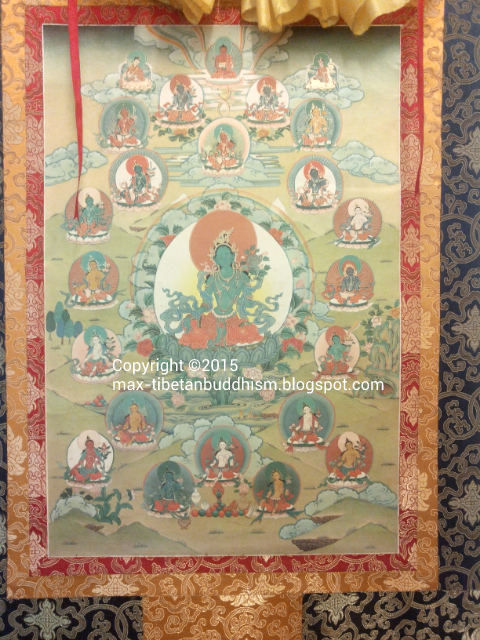Tadyata Om Muni Muni Maha Muniye Soha
- Shakyamurni Buddha new moon Prayer Day.
- Partial solar eclipse.
- [The maximum eclipse is at 06.55 GMT, with a magnitude of 0.788.It is visible from Southern Africa, Southern Indian ocean and Antarctica]
On this day, the effects of positive or negative
actions are said to be multiplied by * Hundred million times during Solar and lunar eclipses according to the Vajrayana
Buddhism. If you have committed a positive good action, and you will be blessed
with the positive Hundred million times of positive Karma actions, but if
one has committed the negative actions and it will be multiplied by Hundred million times of bad and negative action.
The power of prayer is well known over centuries and in
all different religious beliefs. According
to Buddhism, the world in which we live and all that happens to us is a result
of our past actions. Past harmful actions create unhappy results and skillful
actions create happy results. 

Tadyata Om Muni Muni Maha Muniye Soha
One
way to purify obstacles we experience due to our past harmful action is through
prayers and pujas. A puja is a special ceremony in which prayers are offered to
the Buddhas to request their blessings or invoke their help. But most
importantly, making prayers and offerings to the enlightened beings, and to the
Sangha community generates and increases merit, our positive potential. Merit
is needed to have success in all activities.
Pujas
are performed to avert and clear the three types of obstacles which arise due
to the lack of merit, which prevent us from achieving our worldly and spiritual
goals. Removing these obstacles will help us to achieve happiness and good
fortune in all our activities.
How to
request a Puja
While
some prayers are of universal benefit, there are others that help with specific
problems. It is always advisable to ask a lama or other knowledgeable person
for advice on what puja is suitable for one's specific situation or problem.
Shakyamurni Buddha's holy sacred finger relic
There are three types of obstacles:
Shakyamurni Buddha's holy sacred finger relic
There are three types of obstacles:
- Affecting our day to day life,relationships, business, and finances.
- Affecting mental and physical health in the form of strong emotions, confusion, and associated physical problems.
- Obstructing the attainment of wisdom, experienced as difficulties in Dharma practice.
- To help pacify their mind, and decrease fear during the time of death.
- To bless and guide their mind to a higher state of rebirth and liberation.
- To remove obstacles to mental and physical health.
- To remove obstacles to success in all activities, be they worldly or spiritual.
Nagarjuna's Dedication of Merit
So nam di yi tham chay zig pa nyi
Thob nay nye pa'i dra nam pham jay nay
Kye ga na chi'i ba lab thrug pa yi
Si pa'i tso lay dro war drol war shog.
Nagarjuna's Dedication of Merit [English translation]
By this merit may we obtain omniscience then.
Having defeated the enemies wrong-doings.
May we liberate migrators from the ocean of existence. With its stormy waves of birth, old age, sickness and death.









